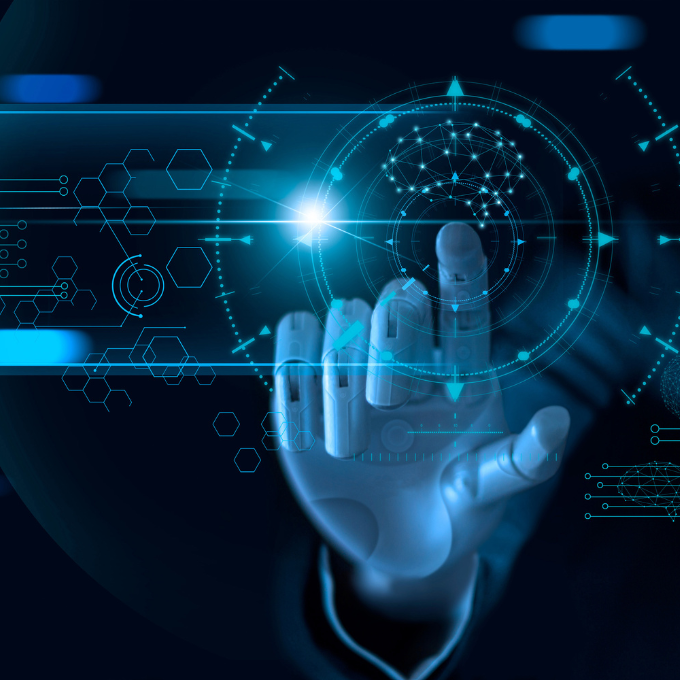Artificial intelligence can be a tremendous force for good – advancing society, health and knowledge. It’s up to AI developers, the world’s governments and AI users to make sure the risks of AI don’t outweigh its advantages.
While the EU AI Act will be a significant step towards AI regulation, last year over 1,400 tech leaders called for a more drastic measure – a halt to advanced AI development until robust safety protocols are put in place to protect society. These are the 7 main AI threats individuals and organisations should know about; note that many overlap.
1. AI Threats to Personal Privacy
AI systems often store and process large amounts of personal data. The privacy regulations in the EU AI Act – and the best practice to follow – mirror the GDPR guidelines. You can minimise the risk of data breaches and unauthorised access with data protection procedures, audits, training and cyber security.
2. AI perpetuating bias and discrimination
AI systems must be trained up – and learn more as you use them. There’s a risk that biases might exist in this training data or algorithms, so AI could perpetuate or amplify societal biases and inequalities.
3. Lack of transparency in AI systems
Usually, the decisions and processes that lead AI to an outcome are hidden away. We must have insight into this from AI developers to know that the AI is unbiased, accurate and not causing unintended consequences.
4. Increasingly Sophisticated AI Cyber Crime
Cyber criminals are notoriously resourceful – and AI is one powerful resource. As AI becomes more sophisticated, so will the ever-evolving methods of cyber attack. Not to mention new vulnerabilities in the AI and your systems to defend your organisation against.
5. AI Replacing Human Intelligence (or Acquiring It)
Relying too much on AI risks losing skills like creativity and critical thinking. Robots taking over jobs is a very real prospect too. Proactively balancing AI with human intelligence would help to counter these AI threats.
‘Runaway self-improvement’ is the idea that AI could self-evolve beyond human control and become self-aware. Think 2001: A Space Odyssey, The Terminator or The Matrix. While the jury’s out on this risk, safety and ethical regulations for advanced AI remain critical.
6. Threats to Human Life
Instead of Hal, Arnie or sentient tentacles, consider life-supporting AI or self-driving cars. This AI is classed as high-risk by the EU AI Act and it’s where the most regulation applies as mandatory. Weaponised AI is another threat to human life but one, hopefully, world governments can control – in a good way.
7. Misinformation and manipulation
From deep fake to social media recommendations, AI can manipulate public opinion and actions. Misinformation (unintentional inaccuracies) and disinformation (deliberate untruths) in particular, were highlighted in the infamous AI open letter as the most pressing dangers of AI.
Speak to the Experts at Data Protection People
At Data Protection People, we use our expertise in data protection and cyber security to support businesses and organisations of every size. As AI evolves, we can help you comply with AI regulations and protect your organisation against AI threats. Contact the team today.

